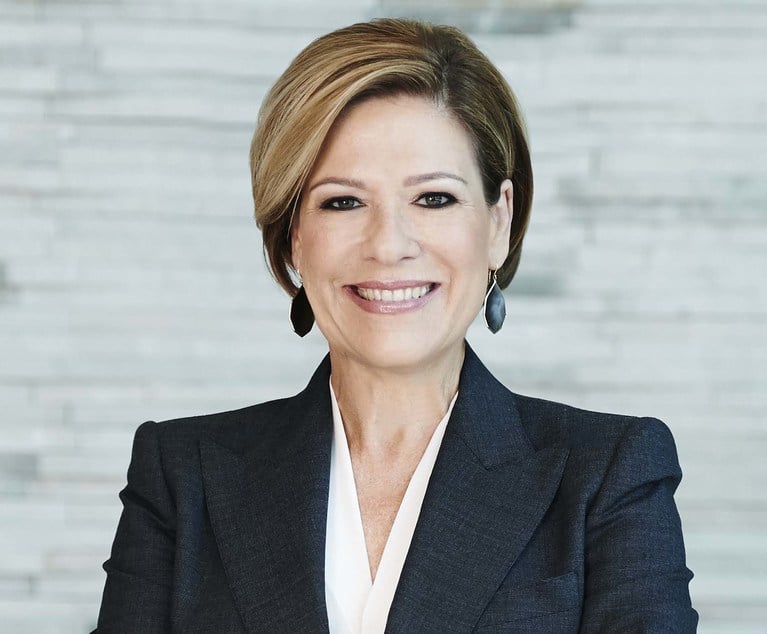TORRANCE, CA—Any number of roadblocks can send a commercial property sale off course, but environmental issues need not be among them, according to experts from Partner Engineering & Science, Inc. “In hot markets, it's not just the best assets trading hands,” said Frank S. Romeo, Jr., principal and regional operations manager with the Torrance, CA-based environmental and engineering consulting firm. “People are increasingly looking at B and C properties, where environmental, structural, health and safety issues may be intensified. For properties in any condition, there are several issues that come up during due diligence that can make or break a deal.”
And although it's never fun to have issues arise, not all are deal-breakers, said Romeo's colleague Jenny Redlin, principal with Partner Engineering. How you and your consultant approach the problem can have a big impact on the success of a deal, she said.
Redlin and Romeo offered these insights during the course of “Two Steps Ahead: Getting in Front of Due Diligence Issues,” a free one-hour GlobeSt.com webinar sponsored by Thought Leader Partner Engineering. From seismic risk to environmental issues to industrial hygiene, the presentation went into depth on potential red flags and the reasonable, proactive steps that all parties to a deal can take ahead of these issues arising.
Those parties, at least as far as those availing themselves of the services of a firm such as Partner Engineering, may include brokers, buyers, lenders and developers. Although Romeo observed that sellers aren't as apt to perform environmental due diligence, he suggested that they could save themselves last-minute headaches if they did.
Although sellers often aren't apt to perform due diligence, Partner thinks they should. As a case in point, Romeo noted that his firm frequently sees a deal being re-traded after an environmental issue is discovered six weeks into due diligence. Sometimes the buyer acts in good faith in these instances, and sometimes not, said Romeo. With closure of the deal in jeopardy, this forces the seller to renegotiate the price. It's best to identify and address potential issues early on, when the buyer pool may be larger and the effect on pricing will be minimal, Romeo said.
Among other proactive steps, Redlin recommended that all parties find out as much as they can early on in the process. “I always find it interesting how much information comes out of the woodwork after we identify an issue in one of our reports,” she said. “It's much better to provide your consultant with information up-front, so that they're prepared and can find the best solution in the shortest time possible.”
To register for the complimentary “Two Steps Ahead” webinar, click here. To find out more about Partner Engineering, click here.
© Touchpoint Markets, All Rights Reserved. Request academic re-use from www.copyright.com. All other uses, submit a request to [email protected]. For more inforrmation visit Asset & Logo Licensing.







